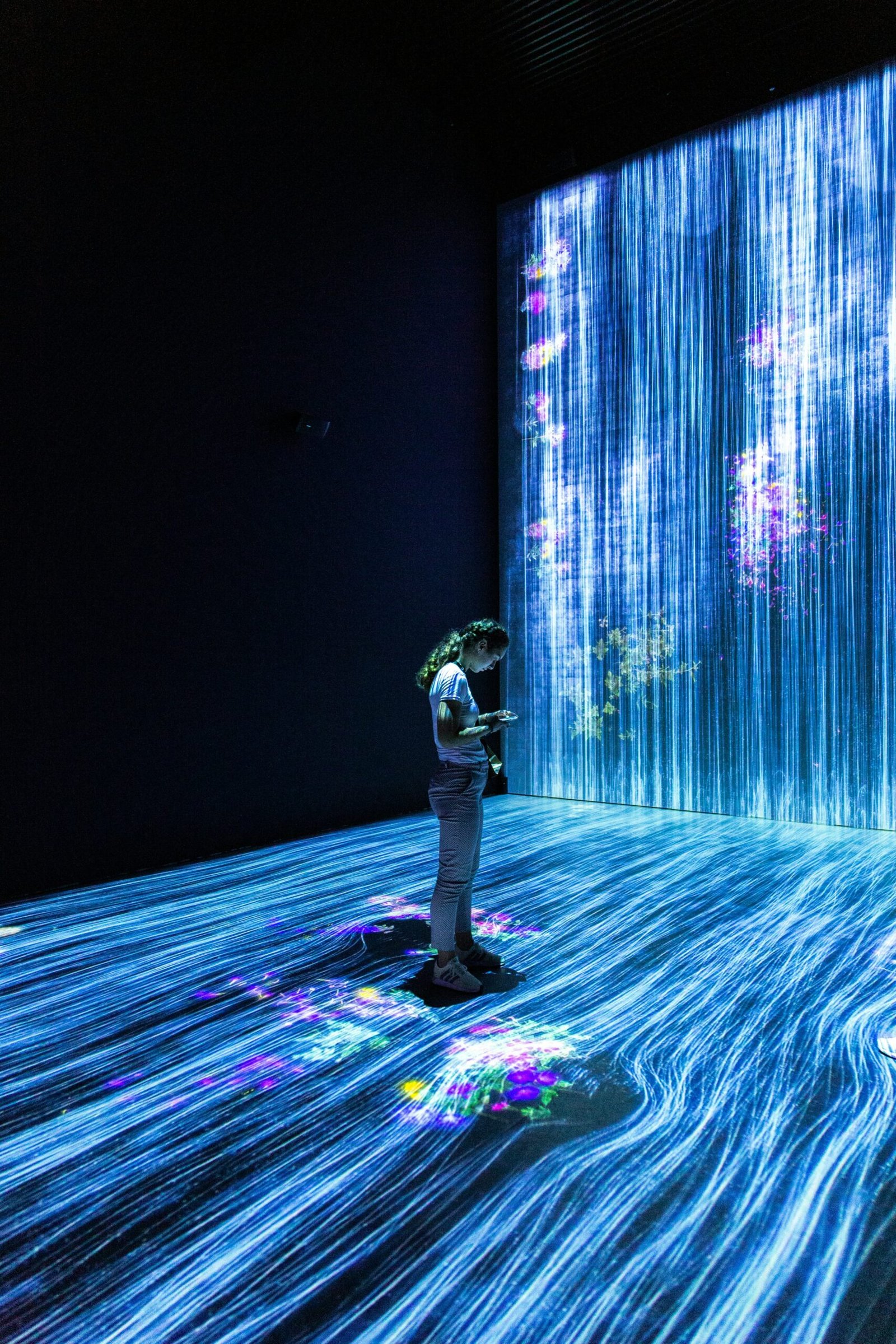Blue Screen of Death: Understanding and Resolving System Crashes

In the world of technology, there are few things as frustrating as encountering the dreaded Blue Screen of Death (BSOD). This infamous error screen, characterized by a blue background and white text, signifies a system crash that can leave even the most seasoned computer users feeling helpless. In this article, we will delve into the causes behind the Blue Screen of Death and explore some effective strategies for resolving system crashes.
What is the Blue Screen of Death?
The Blue Screen of Death, also known as a STOP error or bug check screen, is a critical system error that occurs when the Windows operating system encounters a problem it cannot recover from. When this happens, the system halts and displays the blue screen with an error message, often accompanied by a cryptic error code.
System crashes can occur due to various reasons, including hardware failures, software conflicts, driver issues, or even malware infections. It is essential to understand the underlying cause of the Blue Screen of Death to effectively resolve the issue.
Common Causes of the Blue Screen of Death
1. Hardware Issues:
One of the primary causes of the Blue Screen of Death is faulty hardware. It could be a malfunctioning RAM module, a failing hard drive, or an overheating CPU. If you suspect hardware problems, it is advisable to run diagnostic tests or consult a professional technician to identify and replace the faulty component.
2. Software Conflicts:
Incompatible or poorly coded software can also lead to system crashes. When different software programs attempt to access the same system resources simultaneously, conflicts can arise, resulting in the Blue Screen of Death. Updating software, applying patches, or uninstalling conflicting programs can help resolve such issues.
3. Driver Problems:
Outdated or incompatible device drivers can cause system crashes. Drivers are essential software components that allow hardware devices to communicate with the operating system. Updating drivers regularly can help prevent compatibility issues and ensure the stability of your system.
4. Malware Infections:
Malicious software can wreak havoc on your computer, including causing system crashes. Viruses, trojans, and other malware can damage critical system files or interfere with system processes, leading to the Blue Screen of Death. Regularly updating your antivirus software and performing system scans can help detect and remove any malware infections.
Resolving the Blue Screen of Death
1. Restart Your Computer:
While it may seem simple, restarting your computer can sometimes resolve temporary issues that trigger the Blue Screen of Death. Restarting allows the system to clear any temporary files or processes that may be causing the crash.
2. Check for Hardware Issues:
If you suspect hardware problems, perform a thorough check of your computer’s components. Ensure that all connections are secure and that there are no signs of physical damage. Running hardware diagnostic tests can help identify faulty hardware and guide you in replacing the problematic component.
3. Update Your Software:
Keeping your operating system, drivers, and software up to date is crucial for maintaining system stability. Regularly check for updates and install them promptly to ensure compatibility and security.
4. Uninstall Problematic Software:
If you recently installed new software or updates before encountering the Blue Screen of Death, consider uninstalling them. Faulty or incompatible software can cause system conflicts, and removing them may resolve the issue.
5. Scan for Malware:
Perform a thorough scan of your system using reputable antivirus software. If any malware is detected, follow the recommended steps to remove it and restore system stability.
6. Seek Professional Help:
If you have tried the above steps and are still unable to resolve the Blue Screen of Death, it may be time to consult a professional technician. They can provide advanced troubleshooting and repair services to diagnose and fix the underlying issue.
Remember, preventing system crashes is always better than dealing with the aftermath. Regularly backing up your important files, maintaining a clean and updated system, and practicing safe browsing habits can go a long way in preventing the Blue Screen of Death and other system issues.
In conclusion, the Blue Screen of Death is a frustrating and disruptive system error that can occur due to various reasons. By understanding the common causes and following the recommended steps for resolution, you can minimize the occurrence of system crashes and ensure the stability of your computer.





